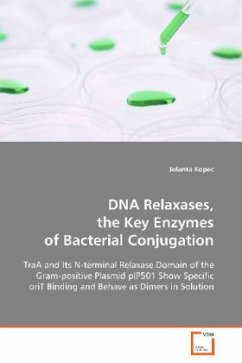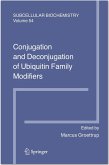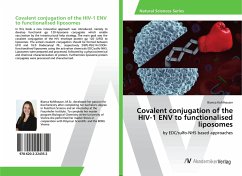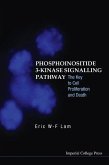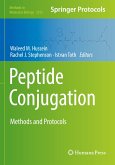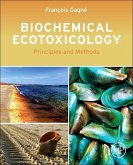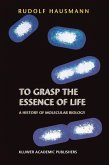Since Sir Alexander Flemming in the early 20th century discovered penicillin, the war between bacteria and humans began. The antibiotic saved the lives of millions of people during the World War II, but bacteria evolved a mechanism to inactivate the antibiotics. New antibiotic substances have been discovered or synthesized but bacteria always seem to find a way to survive. The most frequent way how bacteria acquire antibiotic resistance genes is conjugation. It is a specific, unidirectional process of horizontal gene transfer, during which plasmid DNA is transferred from donor to recipient cell. Relaxases are essential for conjugative plasmid transfer; they start the process by nicking plasmid DNA by trans-esterification. TraA is the DNA relaxase encoded by the broad-host-range Gram-positive plasmid pIP501. Small-angle X-ray scattering and chemical cross-linking proved that TraAN246 and TraA form dimers in solution. Both proteins revealed oriTpIP501 cleavage activity on supercoiled plasmid DNA in vitro.
Bitte wählen Sie Ihr Anliegen aus.
Rechnungen
Retourenschein anfordern
Bestellstatus
Storno

